A dark room, an ill-lit wooden table. Bent over it, an indistinct figure wearing an eye loupe is pouring fused metal into a mould, the incandescent matter the only source of light. A little smoke and a strong smell fill the room. The man watches the process, completely absorbed by it until finally, a shiny object emerges held by rusty tongs. A ring.
At least, that’s how I imagined goldsmithing.
The workshop I find myself in is very different, and much less romantic: lit by bright fluorescent lights, with a range of tools and swivel chairs – there’s nothing romantic about swivel chairs. More importantly, there are no moulds, no ovens, no fire; only two propane blowtorches.
The trainer, our master goldsmith, doesn’t look that mysterious either. At most, he’s just a little weird. Among my classmates are a giggling, anxious mom with her teenage daughter, a smiley middle-aged woman, a young wannabe jewellery designer (with sketchbook), and an eager, impatient man in his 50s. The trainer asks us what we want to make, and I get slightly nervous. What is even feasible to realise in a two-day goldsmithing workshop? Yet everybody shoots for the stars.
“A ginkgo leaf pendant,” I answer with renewed enthusiasm.
“Very well,” he says.
First, he suggests that we train on a piece of copper or brass; I choose brass, though alloys are harder than pure metals. Then, just as I hope the moulds will finally make their appearance, the trainer says we won’t fuse anything. He doesn’t even do it for his own creations, he explains, as the process requires very expensive equipment and can be completely outsourced. Instead, we will heat up the metals with the blowtorches, then saw, hammer and file them into shape.
I start cutting my heated piece of brass with a piercing saw. I am supposed to:
– Leverage the weight of my own hand without putting pressure on the tool.
– Go top to bottom only.
– Keep the blade at a 90° angle to the metal.
– Never change direction. The only way to change direction is to saw in place, making a tiny hole for the blade to turn on itself.
Break one of those rules, and the blade will break. There’s no escaping it: “It’s part of the process,” the trainer says.
Little by little, my leaf takes shape, but it’s no walk in the park. I keep breaking blades every two minutes. By the tenth blade, I feel the need to control the piercing saw as if it were an extension of my body: the moment I “disconnect” from the tool, the blade breaks. Any tiny amount of pressure in any direction except top to bottom, be it even the tensing of your hand muscles, will break the blade. But I am finally done: my leaf is outlined.
By this point, I realise two important things about goldsmithing.
First of all, it’s loud. There are at least five people hammering at the same time, the saws are grinding, and then there’s the polishing machine, the files, the blowtorches and the occasional fizzes of quenching (cooling off the metal in water). The noise is irregular, as we get into fits of work and then stop, exhausted, a few seconds later.
Second, success heavily relies on outstanding manual skills. I always thought I have a delicate touch, and I’m generally handy with tools, but I was to radically question both assumptions during the next 48 hours.
At lunch, I talk to the smiley woman. She’s a painter, and shares my frustration with the more technical aspects of goldsmithing. “It’s really hard handwork,” she says. “I thought it was more about designing, being creative.”
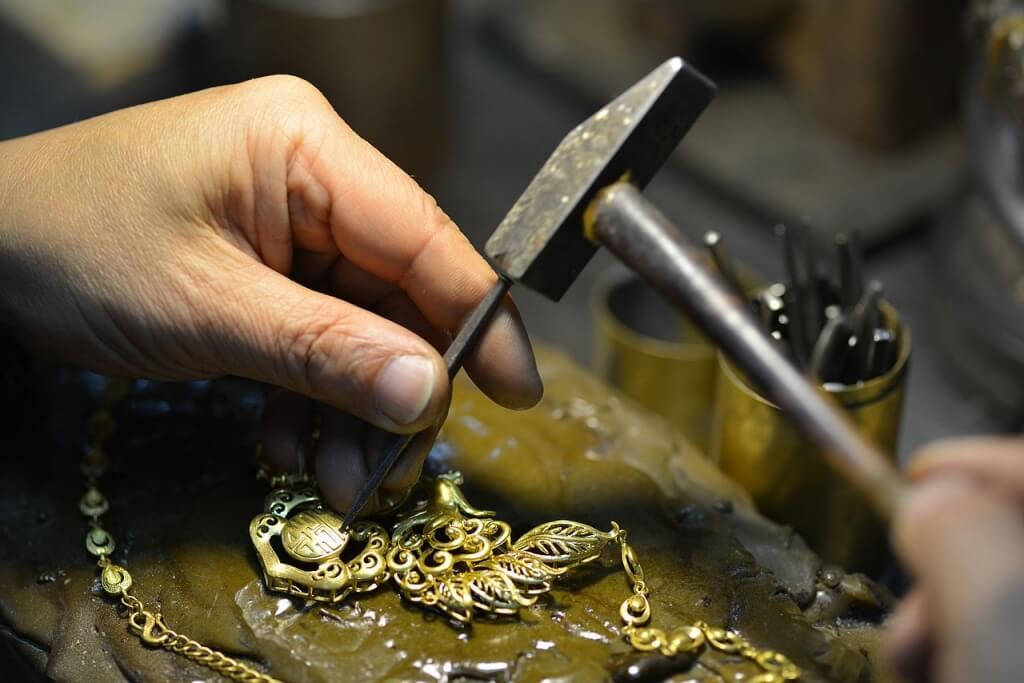
[Photo Credit: Wikimedia Commons]
Back at the workshop, the trainer shows me how to make my leaf thinner and broader, using a small hammer with delicate, regular hits dragging on the outside. I try. Dragging is difficult, my hand doesn’t seem to be able to do it no matter how hard I try. As time passes, I don’t see any difference. “Maybe I’m being too delicate,” I think, so I hit stronger.
“You’re not supposed to hammer that hard!” the trainer intervenes.
“But the leaf is not changing at all!”
“You need to be patient,” he replies, and starts hammering with extremely regular, slow movements that, little by little, expand one side of the leaf. It’s fascinating to watch how he’s able to move so precisely, consistently and patiently, and how imperceptibly slow the shape changes. Compared to him, I feel like a screaming kid throwing a tantrum.
I get back to work, without much progress. “Maybe the metal is too cold by now,” I think, so I heat it up again. But my leaf is now thin, and I heat it up for a couple of seconds too long; half of it melts under the blowtorch. Heartbroken, I go back to my workbench.
As I look at the leaf, I become aware of a presence behind me. It’s the anxious mum. Sent away by her daughter, she is now checking on everybody else with ill-concealed schadenfreude. After all, she was working with gold, the most ductile and malleable metal there is.
“Oh, you melted it? That’s too bad!” she says, looking at my once-leaf.
I have to start over, with silver this time. Six broken blades, a couple of hours and a lot of sweat later, I am back with a decently shaped leaf, which I manage to somehow thin out.
The trainer then shows me to a globe-shaped anvil. “We need to give it some curves,” he says, hammering it in a very delicate and even way, again dragging the hammer towards the outside. I continue to tell myself that it’s silver, it will be easier to shape this time. I hammer and hammer, but the round anvil is challenging. It’s obviously difficult to hold the leaf in position on a round surface while beating on it with measured strokes. “Don’t worry, it will look beautiful in the end,” says the trainer. I doubt it.
Once we are somehow done, he suggests delicately hammering some veining into the leaf. It sounds like I am almost finished, and maybe it will indeed turn out well. But I get too optimistic, too soon, and I mistakenly hold the leaf by its stalk, which breaks.
“Oh, it’s broken, what a pity! It was so beautiful,” says the mum, seemingly jumping out of nowhere.
I’m starting to lose my patience. The trainer shows me how to solder a new stalk on, and then asks me to file it into shape. It doesn’t look right. The whole thing is miles away from what I hoped to have.
Suddenly, the smiley lady is by my side.
“Well, it’s beautiful, isn’t it?” she says, looking at the leaf.
“Not really. It’s tiny and ugly. The whole thing just doesn’t look right,” I say.
She remains silent for a few seconds, then says: “You know, you need to accept it for what it has become. When I paint, I start with a certain idea, but often the painting becomes something completely different. So I say, ‘All right, I will make you into what you want to become’. And it ends up being beautiful, even if it didn’t follow my plan.”
I finally get it: goldsmithing is about assuming, and accepting, the shapes that come to us. And being patient, beyond what is humanly possible.
And above all: never, never again question the price of handcrafted jewellery.

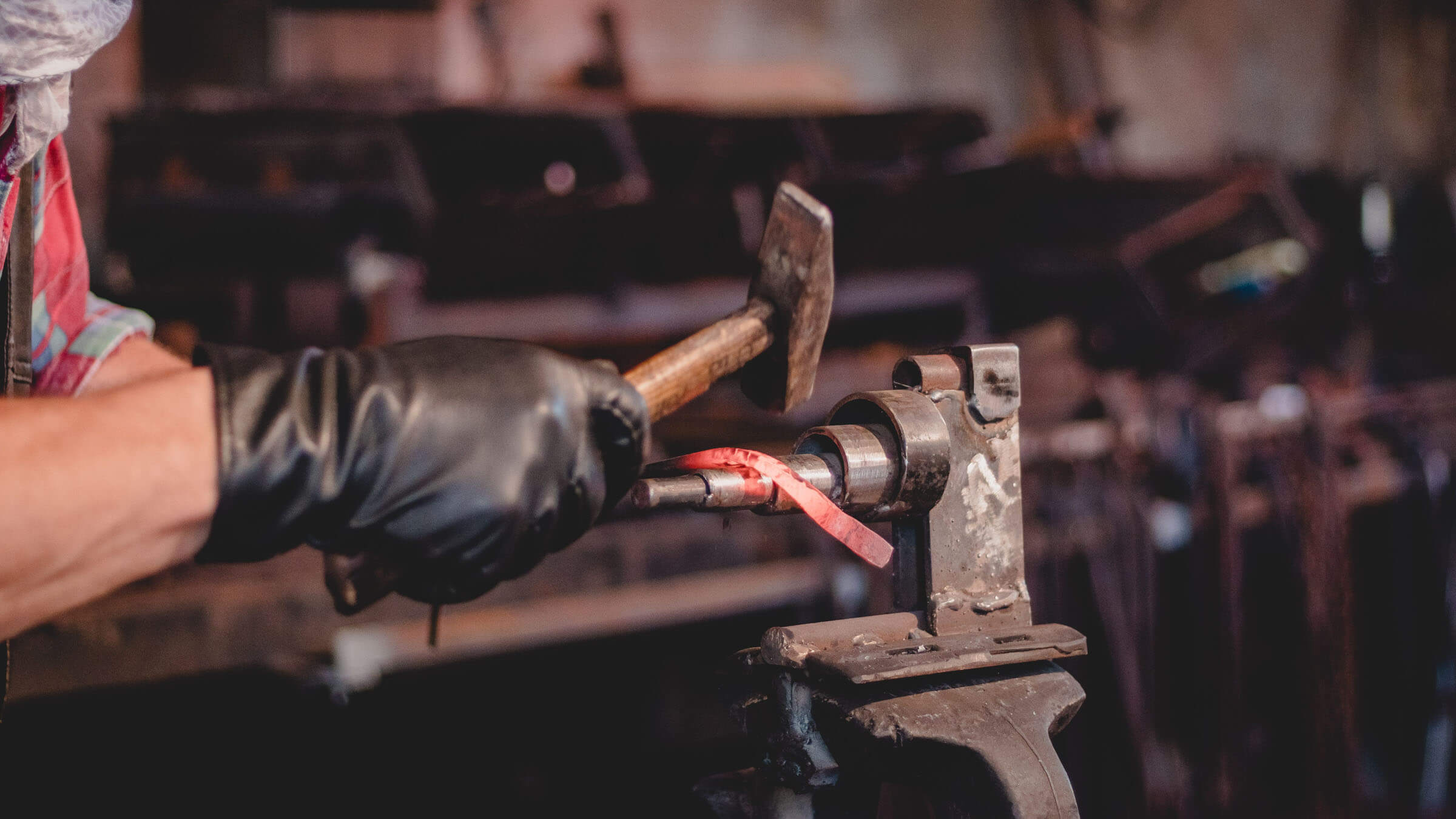
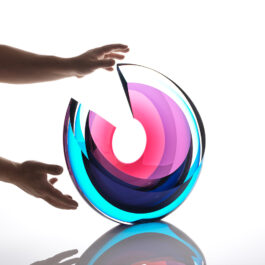
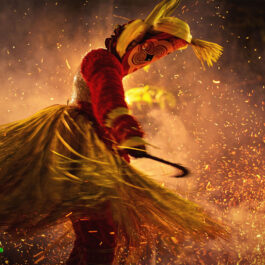



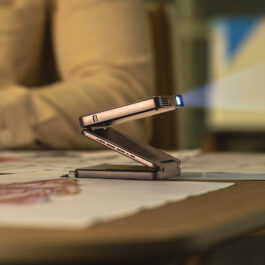

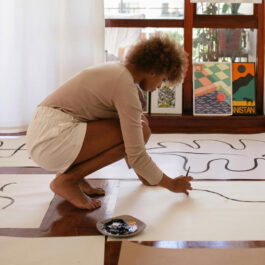
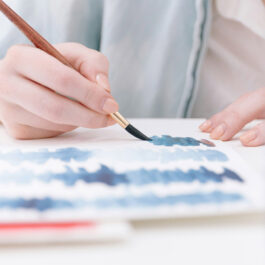



Sorry, the comment form is closed at this time.